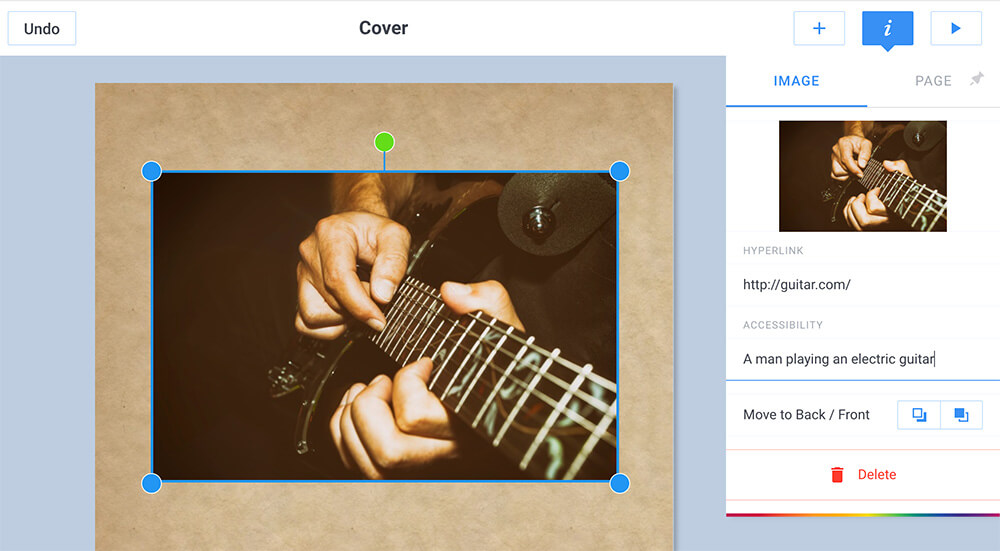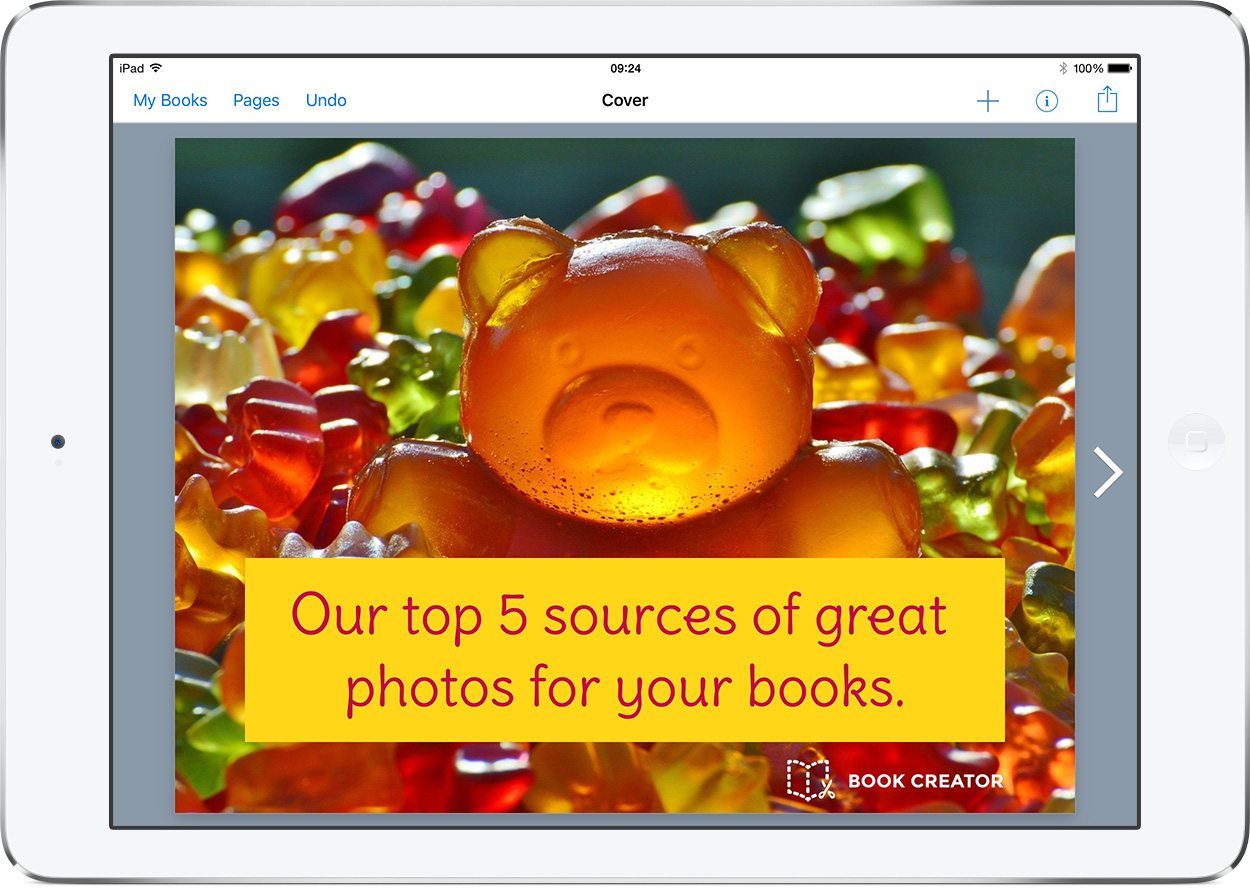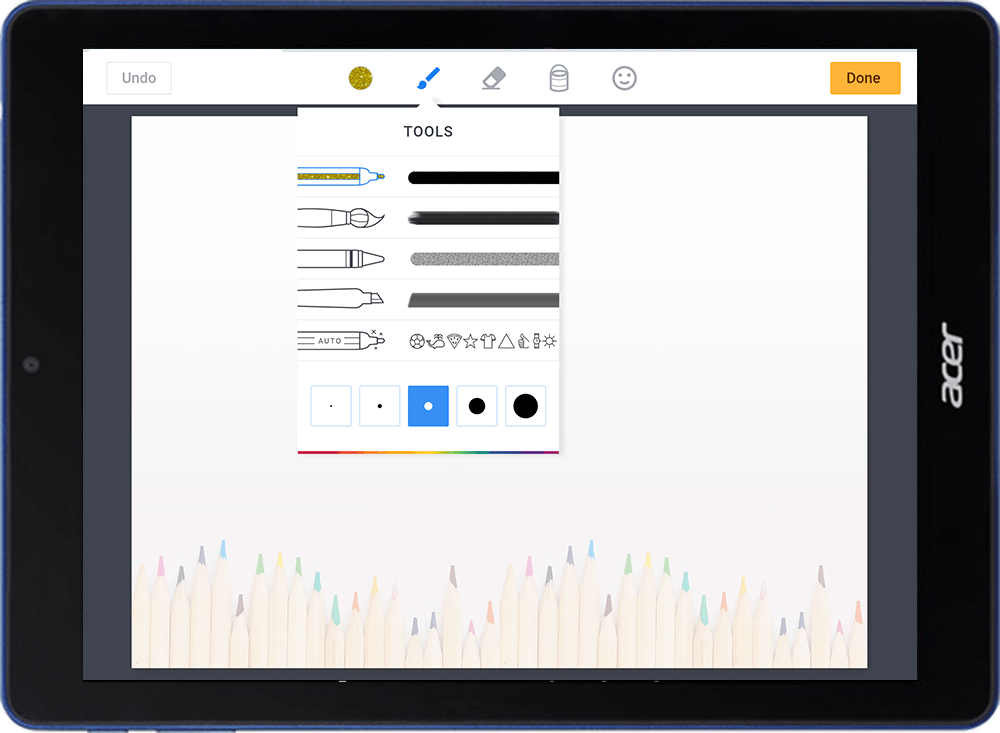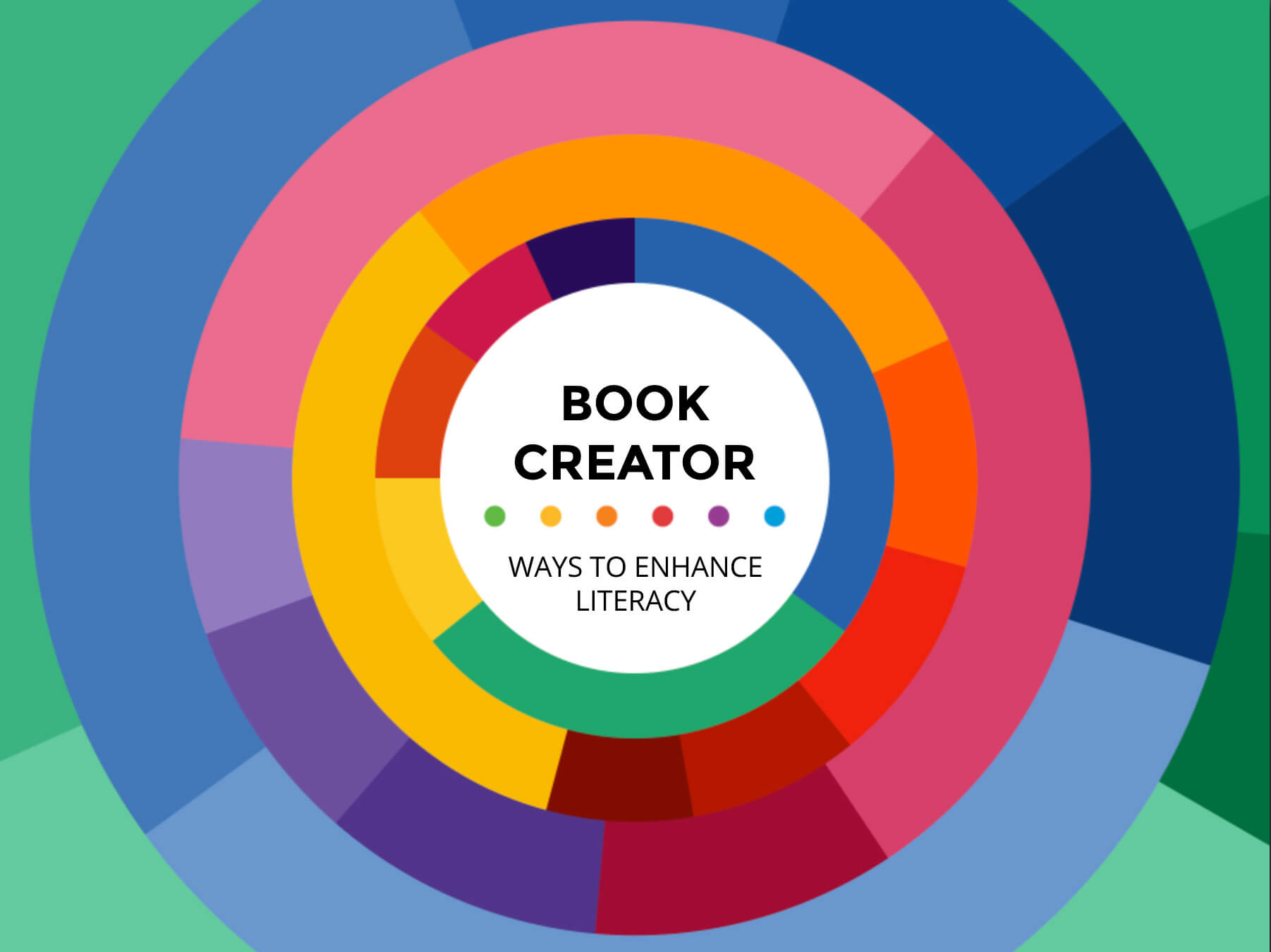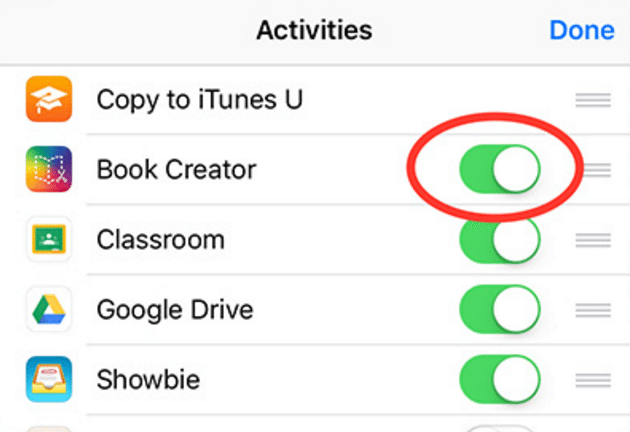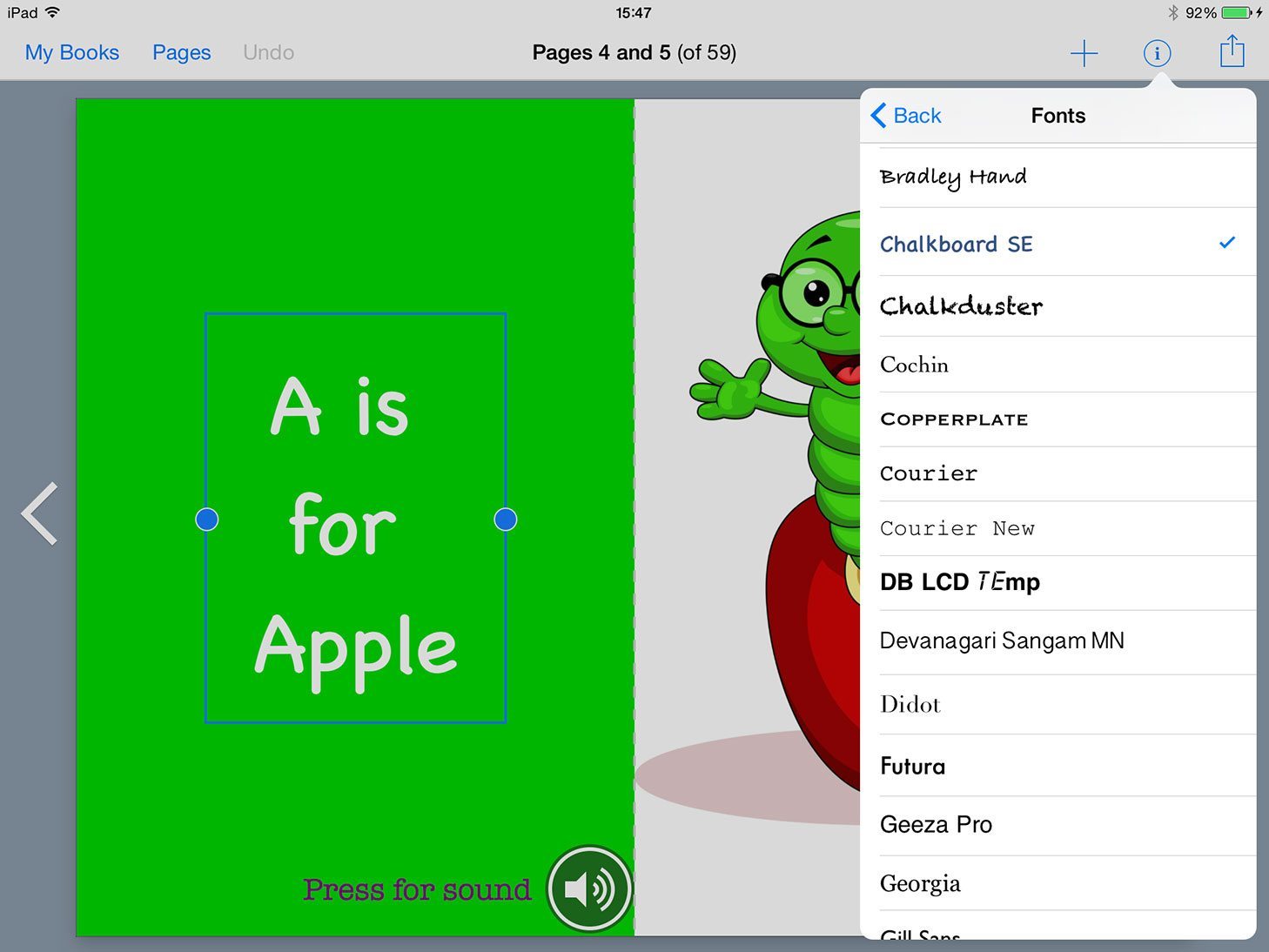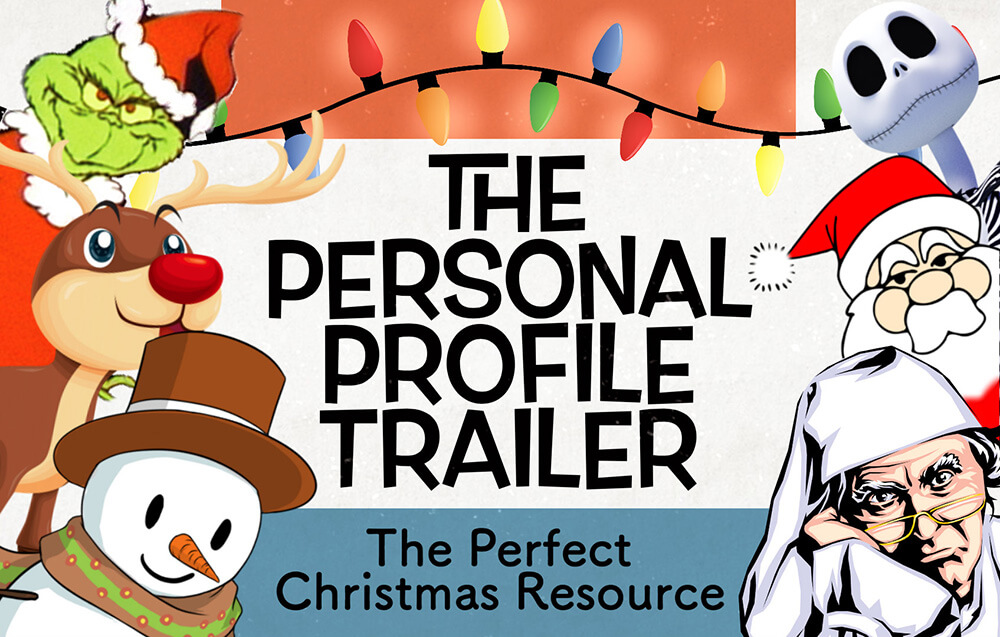For the past twenty years or so, there has been a shift happening in education. A realisation that the education system is not the perfect fit to teach children the skills that they’ll need when they leave school.
The jobs of the future do not even exist today.
This is perfectly summed up in Sir Ken Robinson’s seminal TED talk ‘Do schools kill creativity?’ - the most viewed TED talk in history (over 60 million views, to date).
This awakening has led to a shift towards trying to teach and develop softer skills (21st Century skills) - those prescribed by Prof. Michael Fullan’s 6Cs of education. Critical thinking, creativity, communication, collaboration, citizenship and character development are slowly replacing rote learning.
A 2013 study on creativity by Education Scotland stated that "Creativity is very clearly at the heart of the philosophy of Curriculum for Excellence and is fundamental to the definition of what it means to be a ‘successful learner’." They concluded that children learn better through activities where they are utilising their creativity.
Is technology the solution?
It is tempting to turn to technology to help facilitate this shift in education. Particularly since 2010, when Apple introduced the iPad to schools, and more recently, with the proliferation of G Suite for Education and Chromebooks, “edtech” has provided teachers with all manner of apps and tools to modernise learning, preparing students for the future. However, even in the edtech sphere it has taken a while to learn some important lessons about viewing technology as an easy answer.
Perhaps the biggest lesson of all must be that there needs to be an emphasis on creativity over consumption. The best apps allow students (and teachers) the freedom to build, write, code, draw, and combine many multimedia elements to differentiate the experience for the student and allow curiosity and creativity to be fostered. The worst apps are no better than filling out a worksheet, only via a touchscreen instead.
So, we must conclude that technology in itself is not the answer - and of course, as ever, good teaching is the solution.
Asking the right questions
Our mission with Book Creator is to help teachers infuse creativity throughout the curriculum. We want to empower students with the ability to create as they learn and become authors of their own content in the process. We want to produce creative thinkers who will innovate and invent, rather than replicate and regurgitate.
However, the challenge here is that this cannot be taught from an activity book, and creative output can’t always be marked or measured nor can it be directly linked to outcomes. How then, do we allocate critical time to it, without dropping the ball on any of the highly scrutinised measures that teachers are constantly assessed upon?
To help define the problem and identify some answers, we turned to our Book Creator Ambassadors. We asked them these seven questions:
- Do you think you are creative? Based on your answer, how would you define creativity?
- What do you believe is the value in giving students more opportunity to be creative?
- How do you assess creativity?
- What is the most effective example you’ve seen of igniting student creativity in the classroom?
- Where do technology and digital tools fit into implementing creativity in the classroom?
- What do you believe are the biggest barriers to including creativity in curriculum?
- What solutions can you offer for overcoming these barriers?
You can read all of the anonymised responses to the survey here. Here are some choice quotes.

Creativity is the ability that everyone has to make something new and valuable.

In the age of Google, where factual information for everything is a quick search away, one of the best measures of student understanding is through letting them create something. You can't copy/paste when you ask students to be creative.
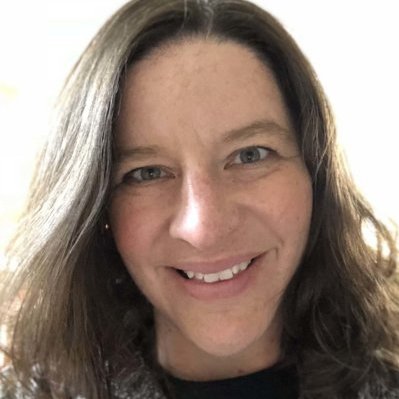
Most of the time, I would assess creativity through checklists or rubrics. However, you truly know when a child is expressing their creativity, as they will be very proud of their work.

The most effective time we got creative in class was probably app smashing with Book Creator. Fifth graders were put in groups and given the task of researching an explorer. Students were then required to learn about all the explorers from their peers. The students were excited, motivated and took accountability for their learning.

Technology allows for many opportunities of choice. With the many accessibility tools this allows for creativity to be shown in various ways for ALL. Students find what meets their needs to showcase their learning in a way that they can make sense.
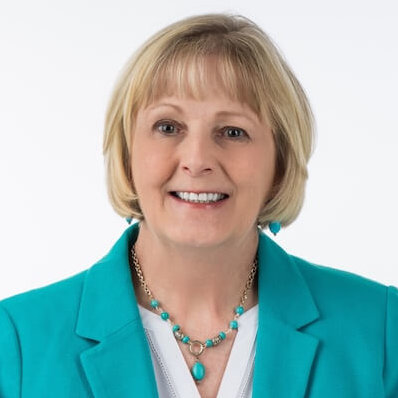
Time and the testing culture are huge barriers. Creativity takes time, and often that disrupts the ever-present list of curriculum standards that teachers need to complete. Too often I see teachers pivot towards a Teachers Pay Teachers worksheet, because they can say they hit the standard and they have a number that can be used for assessment.

Try building creativity into your main curriculum and educating parents on how to look at such examples of work as pieces which can be assessed and developed.

Lose the fear. Prepare to work a little harder. But be prepared to come to work enthused because their enthusiasm will carry you through the tough days. Kids are creative, they always have been. I shudder to think that it is in school that some may lose this.
What we learned
The responses given provide a deep level of understanding and intuition on this matter. These teachers face questions like these day to day with their students, searching for a way to infuse creativity into their classroom.
The resounding consensus was that creativity is one of the most important things that we need to nurture and develop in our kids and it is equally one of the most neglected due to a rigid and standardized system.
When it comes to the final three questions, this is where the most discussion was had. What are the barriers to creativity, what are the solutions to overcoming these and where do digital tools fit in?
The biggest barriers to implementing a creative curriculum seemed to be:
- Difficulties in assessing creative output.
- Setting work with enough structure to maintain engagement in the class whilst giving enough scope for students to make it their own.
- Making sure that time isn’t taken away from working towards key measured outcomes.
Is there a silver bullet solution? Most certainly not. Like everything in education, it is complex and requires discernment, and will vary from classroom to classroom. However, our ambassadors did come up with some great ideas to overcome these three barriers.
Difficulties in assessing creative output
The answer that many of our teachers have found is not to assess so much as to celebrate and share! When a student knows that their work will be shared for their peers, their parents and potentially the world to see, their motivation changes entirely. They become an author who is thinking about their readers. They begin to look at their work beyond trying to meet a set of standards to get a mark, instead seeing their work as a chance to express themselves and create something of value.
How to publish a library in Book Creator
Setting work with enough structure to maintain engagement in the class whilst giving enough scope for students to make it their own
Enough but not too much structure is always a hard balance to strike. Giving a student a blank piece of paper and asking them to make something may not work for all the students in a classroom. Give them some instructions, inspire them with possibilities, provide the right tools and the opportunity to collaborate - and you might just see wonderful things happen.
Ideas for how to create a collaborative, engaging classroom activity which fits the subject area can often best be found by seeing what is working in other classrooms. Sharing and borrowing ideas will really help in striking this balance. The Book Creator Ambassador network provides a great opportunity for this.
Explore student examples in Book Creator
Making sure that time isn’t taken away from working toward key measured outcomes
As applies to question two, there are a thousand innovative ways of fostering creativity in any subject or classroom and not just to tick the creativity box. Bringing creativity into the current curriculum can engage and motivate students, as well as giving them the opportunity to learn from each other’s work.
Done well, a curriculum infused with opportunities for creativity will enhance every subject and improve outcomes. More importantly, a creative curriculum will build the confidence of the students and ignite an enthusiasm for learning, giving them the ability to express themselves in all that they do, and hopefully prepare them for an as yet unknown future working environment.
Thanks to all of our ambassadors who are tirelessly exploring new ways of improving the learning experience for their students.
David joined Book Creator as head of sales in June 2018. He loves nothing more than supporting educators in using technology that creates new possibilities for students and positively changes the way they learn.


